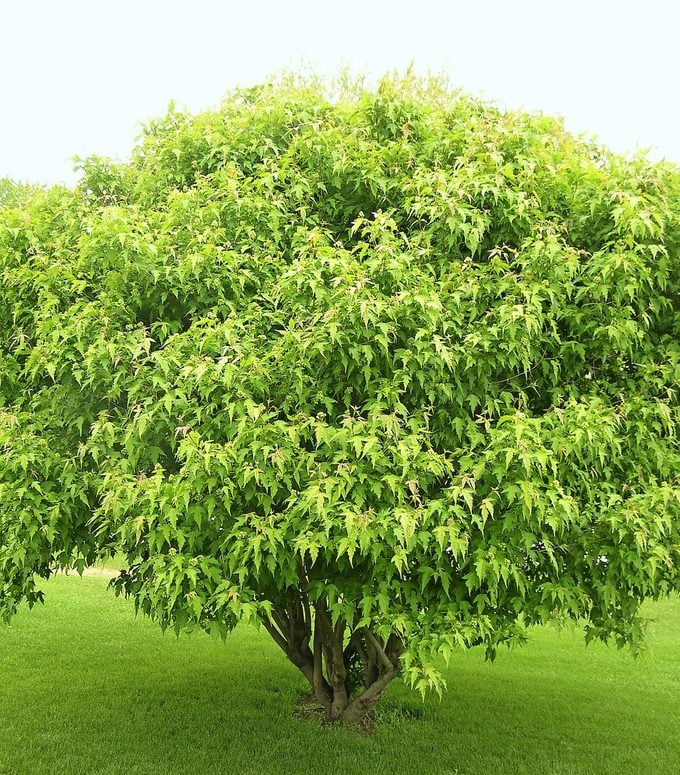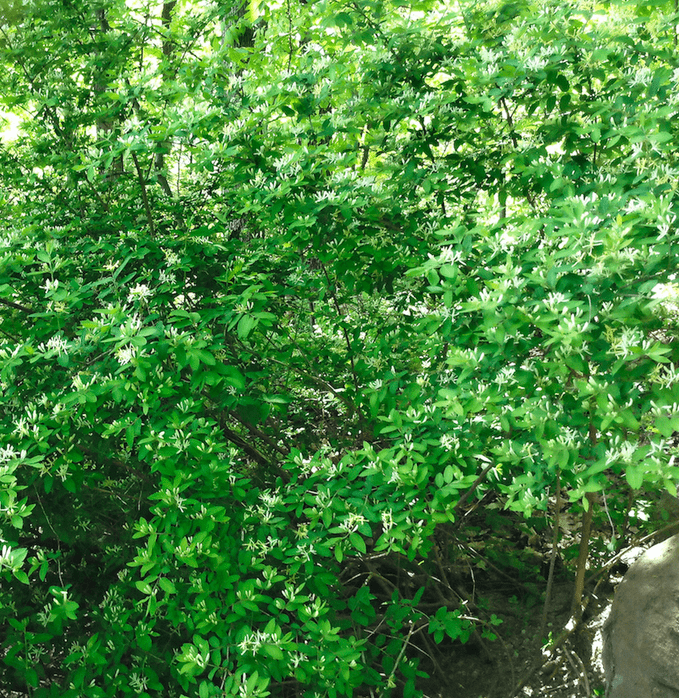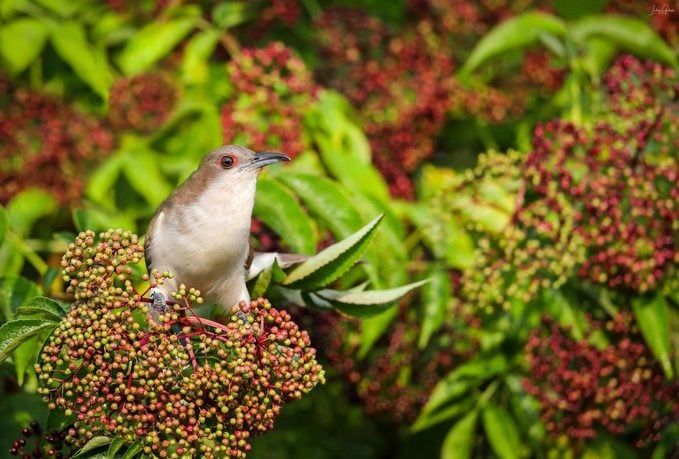Is an Amur Maple Shrub Invasive?
Updated: Aug. 01, 2022
Learn all about the Amur maple shrub and Amur honeysuckle and whether or not they are invasive plants. Also check out native shrubs to plant instead.
Our editors and experts handpick every product we feature. We may earn a commission from your purchases.
Is an Amur Maple Shrub Invasive?

“When I purchased this plant, I was told it’s a maple shrub. Is that true?” asks Priscilla Sartorius of Winnebago, Illinois.
Your small tree/large shrub is an Amur maple (Acer ginnala). Its small scale, hardy nature, fragrant flowers and fall color make it a popular plant for landscaping. But, like some other garden favorites, it’s become invasive throughout the Northeast, the Midwest and a few counties west of the Rockies.
Wind spreads the winged fruit into nearby natural spaces, where the Amur maple seeds sprout. This vigorous grower can crowd out native plants that birds, insects and other native wildlife depend on.
Here are 15 trees you should never grow in your yard.
Is an Amur Honeysuckle Plant Invasive?

“After the tiny white flowers fade, red berries appear on this plant. The birds love them! What’s the name of this bush?” asks Kathy Campbell of Holyoke, Massachusetts.
This is an Amur honeysuckle (Lonicera maackii). Though this plant was also a favorite for many landscapers years ago, thanks to its berries and fragrant white flowers, it’s another example of a plant that has now become invasive in much of North America. As the birds eat the berries, they distribute the seeds throughout natural and cultivated areas.
Avoid growing the worst poisonous and invasive plants in your yard — and here’s how to remove invasive plant species for good.
Grow Native Shrubs Instead

There are good native alternatives to Amur maple and Amur honeysuckle. Give elderberry (Sambucus nigra canadensis) plenty of room to spread and grow in Zones 3 to 9, as it can be anywhere from 5 to 12 feet tall and wide. Then watch as both butterflies and bees gather on flowers and as birds flock to the ripe fruit. Although it prefers full sun and moist soil, it tolerates drier conditions once it’s established. As an added bonus, elderberry suckers form large and lush thickets, which are perfect hiding spots for songbirds. Or try one of these native trees that attract birds to your backyard.
Sweetspire (Itea virginica) is a native shrub that grows in Zones 5 to 9 and has a long and colorful display. The glossy green leaves turn yellow, orange, crimson or scarlet in fall. During spring, butterflies will swarm to the fragrant white flowers.
Turn up the heat in your borders and natural plantings with spicebush (Lindera benzoin). This native beauty grows 6 to 12 feet tall and wide in Zones 4 to 9. Enjoy radiant yellow blooms in spring, bright fall colors, and red fruit to steal the show once the foliage drops. Though spicebush prefers moist, well-draining soils, it tolerates damp soils along creeks and wet woodlands. Plus: It’s a host plant for spicebush swallowtails and other swallowtail butterflies.
Next, discover whether a donkey tail succulent is invasive.




















